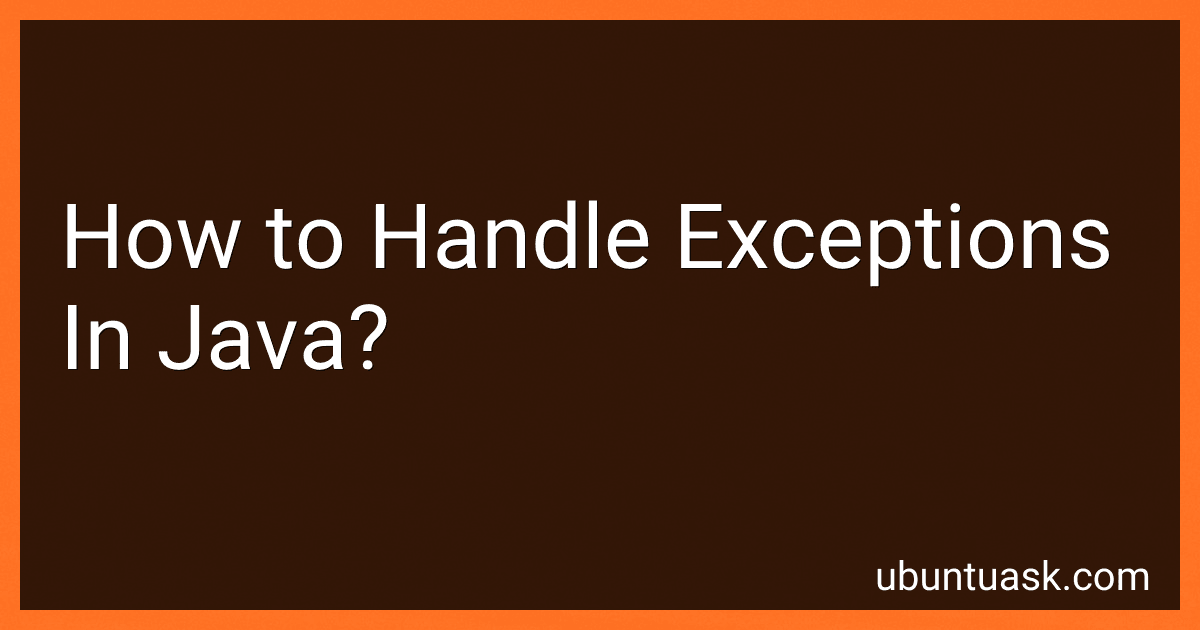Best Java Exception Handling Books to Buy in December 2025
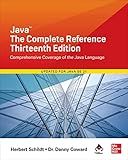
Java: The Complete Reference, Thirteenth Edition


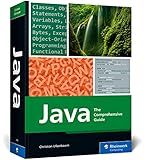
Java: The Comprehensive Guide to Java Programming for Professionals (Rheinwerk Computing)


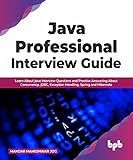
Java Professional Interview Guide: Learn About Java Interview Questions and Practise Answering About Concurrency, JDBC, Exception Handling, Spring, and Hibernate (English Edition)


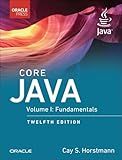
Core Java: Fundamentals, Volume 1 (Oracle Press Java)


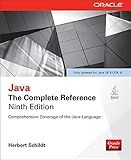
Java: The Complete Reference, Ninth Edition


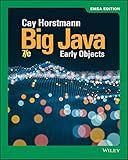
Big Java: Early Objects


When writing Java code, it is important to anticipate and handle exceptions that may occur during the execution of your program. Java provides a built-in exception handling mechanism that allows you to handle exceptions gracefully and prevent your program from crashing.
To handle exceptions in Java, you can use the try-catch block. Inside the try block, you write the code that may throw an exception. If an exception occurs, it is caught by the corresponding catch block. You can have multiple catch blocks to handle different types of exceptions. The finally block can be used to execute cleanup code regardless of whether an exception occurred or not.
You can also create your own custom exceptions by extending the Exception class or one of its subclasses. This allows you to create exceptions that are specific to your application and provide meaningful error messages to the user.
In addition, you can use the throws keyword to declare that a method may throw an exception. This allows you to handle the exception at a higher level in the code hierarchy.
Overall, it is important to handle exceptions in Java correctly to ensure the robustness and reliability of your code. By using try-catch blocks, custom exceptions, and proper exception handling techniques, you can create more stable and error-free Java programs.
What is the difference between throw and throws in Java exceptions?
In Java, the keywords "throw" and "throws" are used in handling exceptions.
- "throw": The "throw" keyword is used to explicitly throw an exception in a method. This means that when a specific condition is met in the code, the program can throw an exception to handle that situation.
Example:
if (x < 0) { throw new IllegalArgumentException("x must be greater than or equal to 0"); }
- "throws": The "throws" keyword is used in the method signature to declare the type of exceptions that can be thrown by that method. This keyword is used to delegate the responsibility of handling the exceptions to the caller of the method.
Example:
public void readFile() throws IOException { // code that may throw an IOException }
In summary, "throw" is used to throw an exception within a method, while "throws" is used to declare the types of exceptions that a method may throw.
What is the use of the 'throw' keyword in Java exceptions?
In Java exceptions, the 'throw' keyword is used to manually throw an exception. This allows the programmer to handle exceptional situations by creating a new instance of an exception class and throwing it within their code. By using the 'throw' keyword, the programmer can explicitly throw an exception when certain conditions are met, providing more control over the error-handling process.
What is the purpose of the 'throws' clause in Java exceptions?
The 'throws' clause in Java exceptions is used to declare that a method can potentially throw a particular type of checked exception. This means that the method may cause an exception of that type to be thrown during its execution, and the calling code must handle or declare that exception.
By specifying the checked exceptions that a method can throw using the 'throws' clause, the developer provides information to the calling code about the potential exceptions that may be thrown and allows the calling code to handle them appropriately. It also helps in writing cleaner, more predictable code by explicitly stating the exceptions that can be thrown by a method.
How to handle null pointer exceptions in Java?
- Check for null before accessing an object: Always ensure that the object you are trying to access is not null before accessing its properties or methods. This can be done by using an if statement to check if the object is null.
- Use the Optional class: In Java 8 and later versions, the Optional class can be used to handle null values. This class provides a more elegant way to handle null pointer exceptions by allowing you to chain methods and provide default values if the object is null.
- Use try-catch blocks: If you anticipate a null pointer exception in a specific block of code, you can use try-catch blocks to catch the exception and handle it gracefully. This can help prevent your program from crashing due to a null pointer exception.
- Use Objects.requireNonNull(): The Objects.requireNonNull() method can be used to explicitly check for null values and throw a NullPointerException if the object is null. This can be useful for checking method arguments or ensuring that certain objects are not null before proceeding with the code.
- Provide default values: If a null pointer exception occurs, you can provide default values or error messages to handle the situation more gracefully. This can help prevent unexpected behavior in your program when dealing with null values.
- Use external libraries: There are several libraries available that provide utility methods for handling null pointer exceptions, such as Apache Commons Lang or Guava. These libraries offer additional functionality and convenience for dealing with null values in Java.
